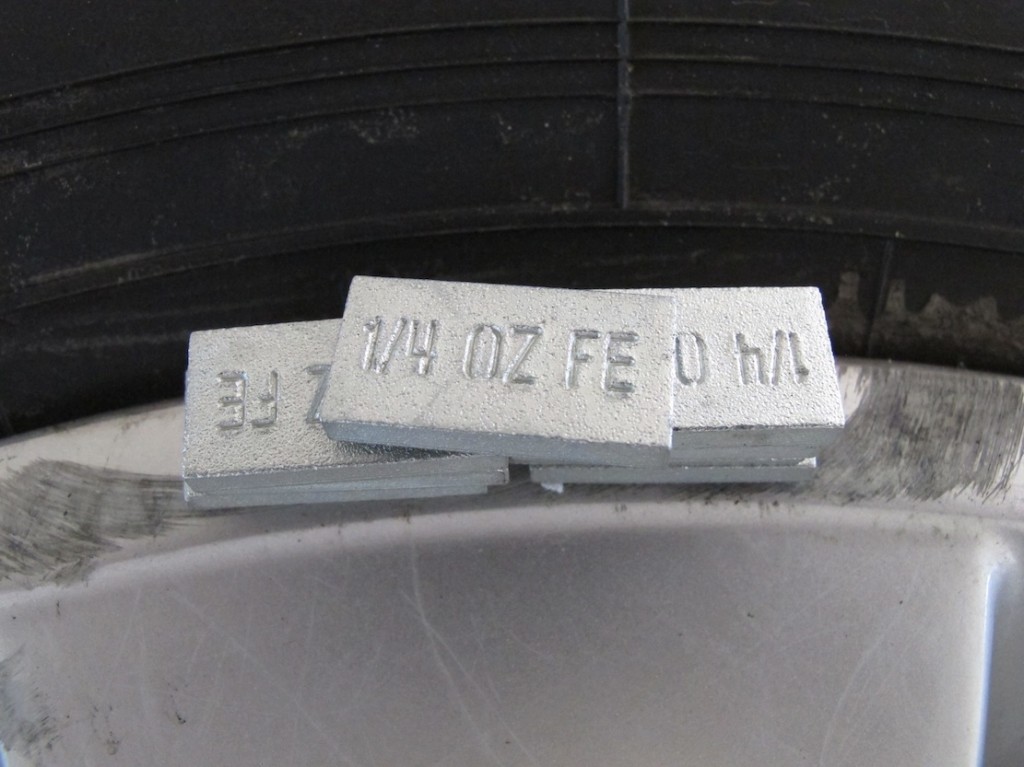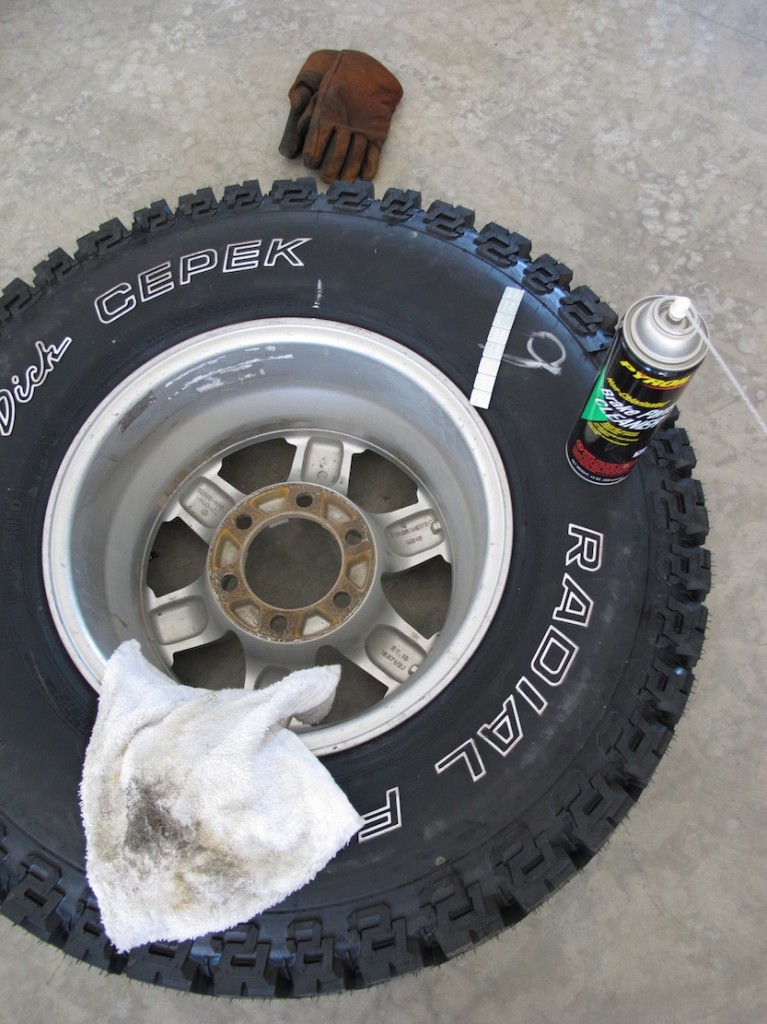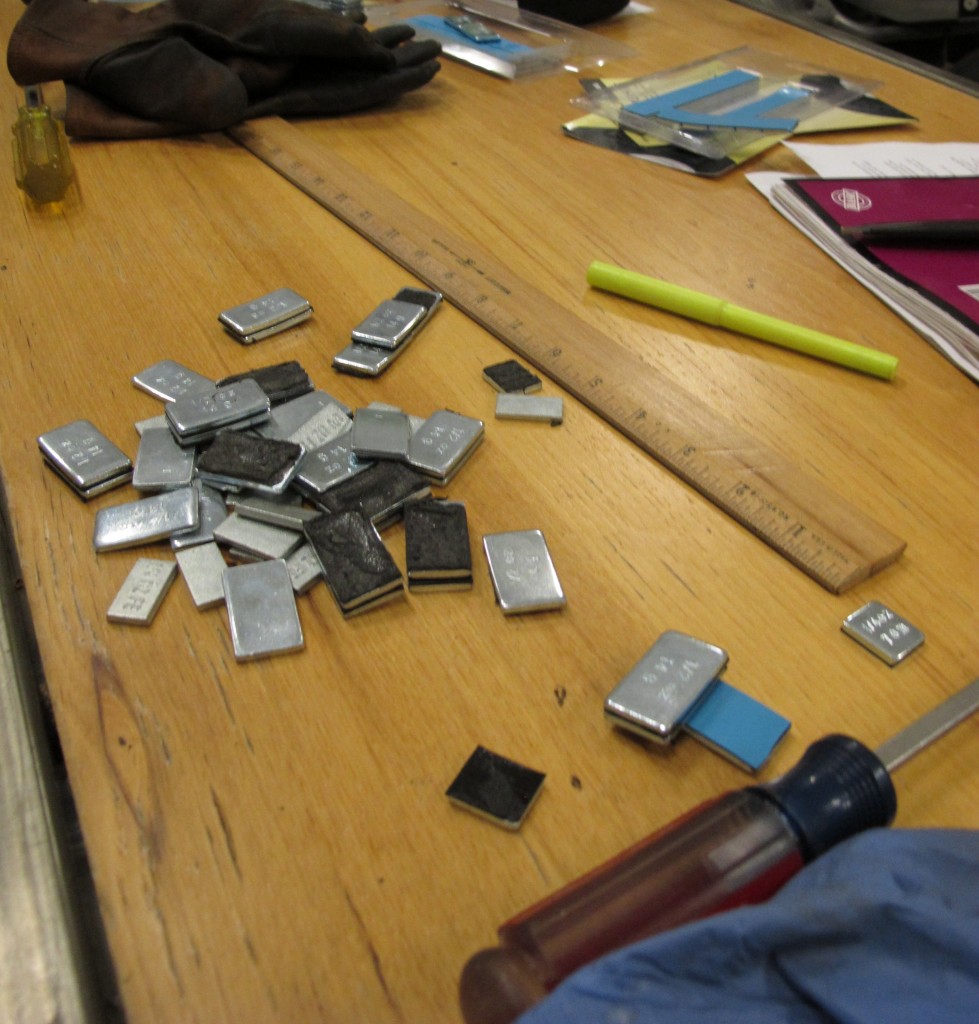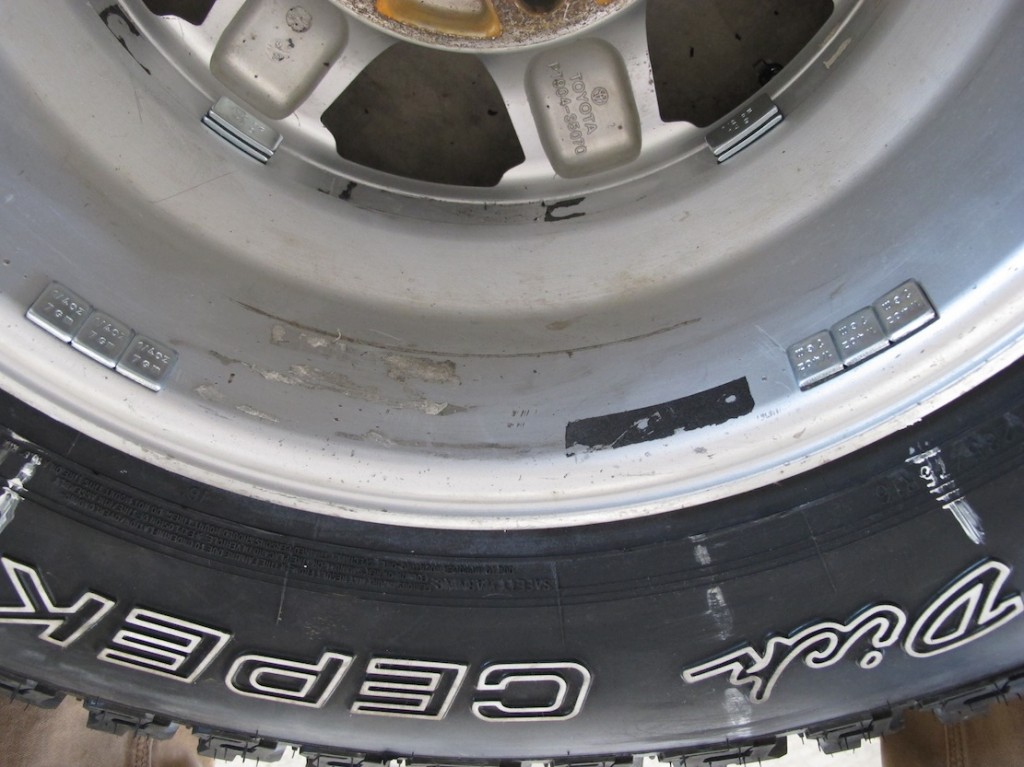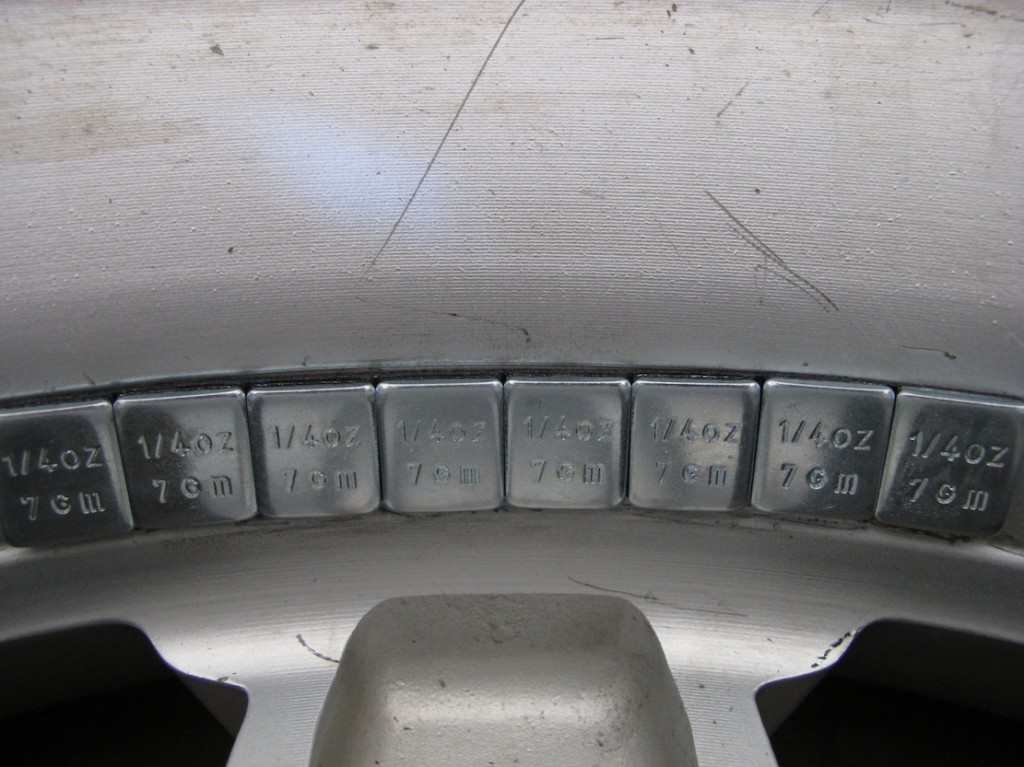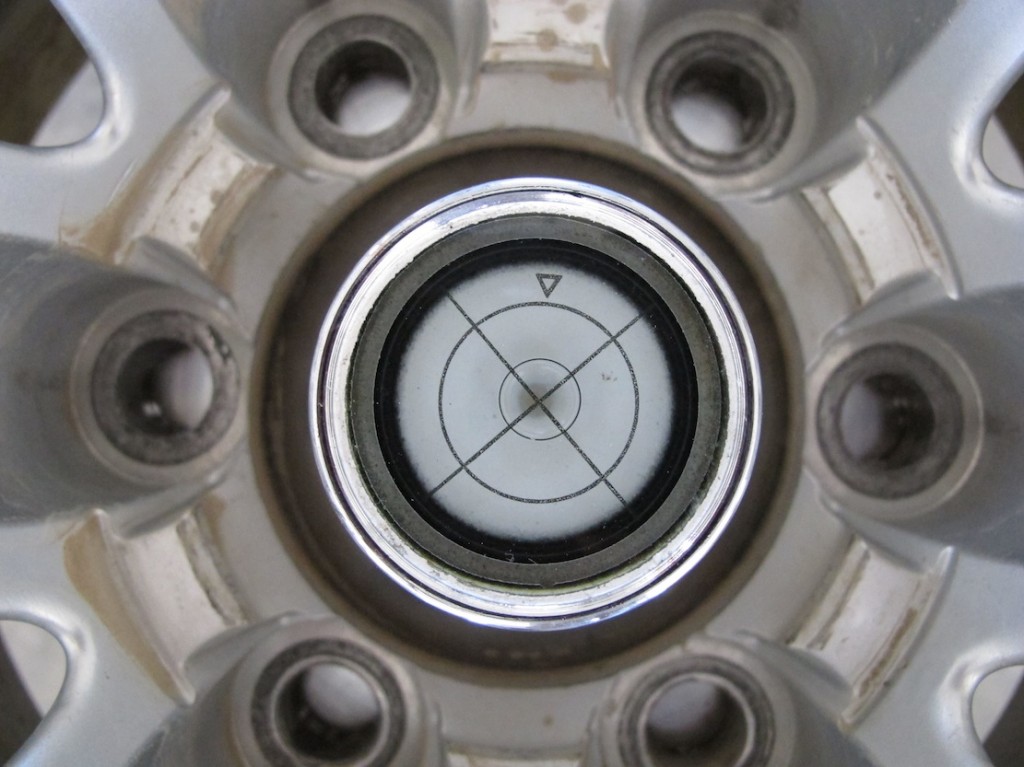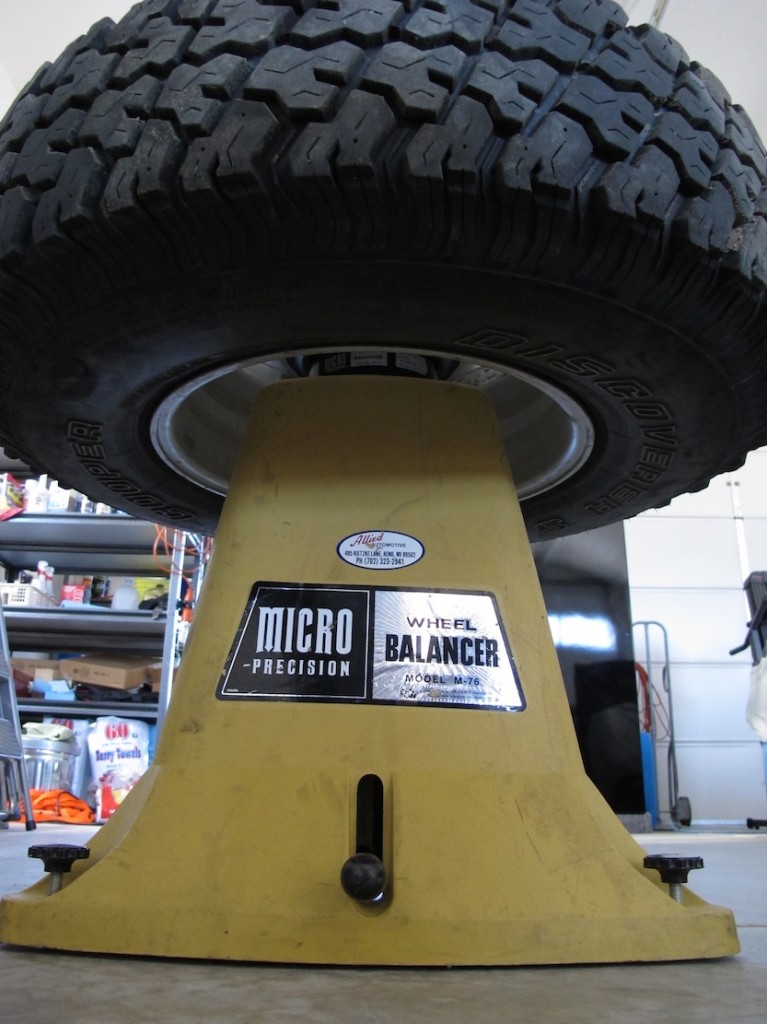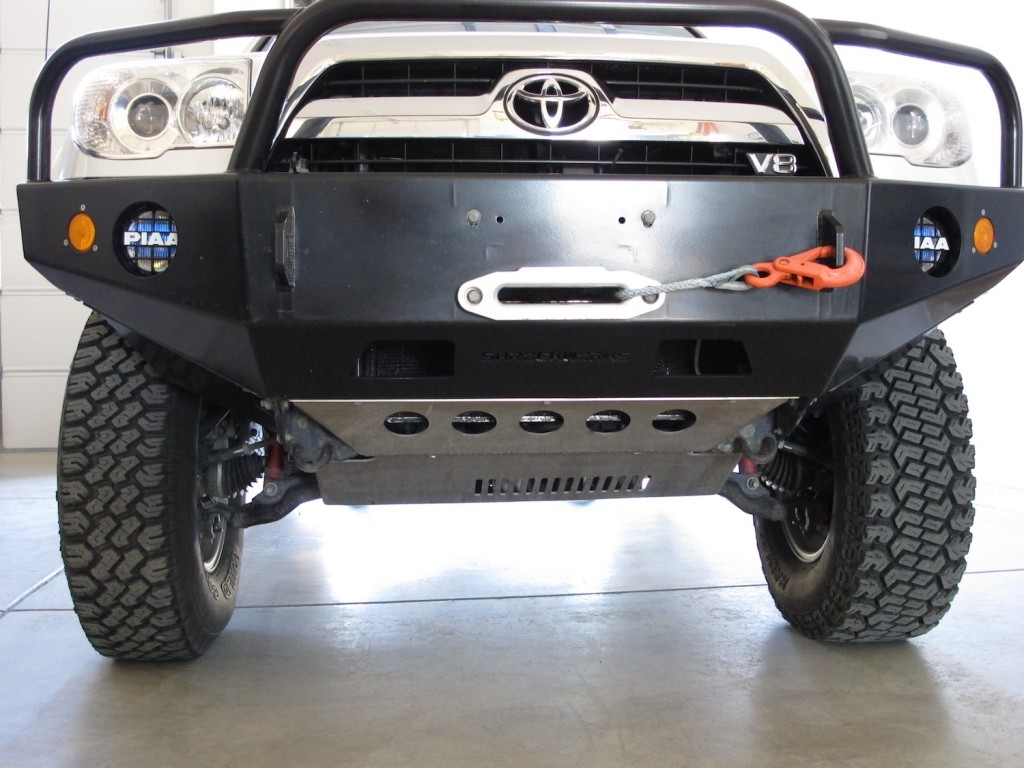As part of a new project I’m in the process of assembling a new travel tool kit. In the past I’d drive to my local Sears store, buy a fairly complete set of Craftsman sockets and ratchets, which would include 1/4″, 3/8″, and 1/2″ regular and deep sockets, far too few combination wrenches, and too many screwdriver bits to increase the pieces count of the kit. I’d use this as a starting point, add some adjustable wrenches, screwdrivers, and later some hex bits and be well on my way to having a fairly complete basic travel kit. Though I tend to drive newer, reliable, well-maintained vehicles, I don’t like to leave home without tools. Remote travel makes loose parts and little repairs more important.
Sears Craftsman tools are surely not the highest quality choice, but for this amateur wrench turner they have worked well most of the time, and were inexpensive enough to allow me to compile a travel kit for each of my vehicles. Unfortunately the quality, service, and selection has been in a nosedive at Sears. One reason for this is likely the competition from less expensive tools made mostly in Asia. For decades Made-In-USA was the mantra of Craftsman tools, and they were intentionally affordable, quality U.S. made tools. This is changing.
The Harbor Freight chain is a good example of very inexpensive tools made elsewhere. I’ve purchased a few tools from Harbor Freight in the past, mostly when I needed a specific tool immediately, which I’d likely not use again or often. I’ve never purchased a complete set of tools from Harbor Freight or similar outfits, though I was very close recently as the price is very attractive, and surely for many uses the tools can be good enough. However, when possible I typically prefer to buy higher quality products (not just tools), and also prefer Made-in-USA items. Depending on what one is shopping for, looking for products manufactured in the U.S. is increasingly difficult. It would be very easy to write a long digression about the reasons to buy American made, high quality products, but l will just say that I like to vote with my dollars when it’s practical.
There are still a few (mostly) American made tool companies, which have traditionally been marketed from roving tool trucks, the Snap On and Mac brands come to mind but there are others. Though, as in the past, these brands can be extremely expensive for the average joe. I did some web research over the past week and learned that there are a couple other Made-In-USA auto mechanics tool companies, notably Wright and S-K.
I quickly focused on the S-K brand as I already have a few S-K tools, and S-K sets are readily available at discounted prices online. Yes, they are much more expensive than Asian or Craftsman tools if you pay retail, but they are moderately priced from online sources. Reading a couple threads on GarageJournal.com I learned that S-K declared bankruptcy and was immediately purchased by Ideal Industries in August 2010. Quoted from a 2010 press release: “Acquiring SK Hand Tools will expand our focus on American-made quality, service and value. Loyal customers can count on the SK brand being re-energized under IDEAL ownership as the premier ‘Made in USA’ line of professional tools.” http://www.idealindustries.com/whatsnew/press_releases/view.jsp?news=2010-08-23_sktool
Another thing I like about the way these S-K mechanic’s hand tools are being sold, is that I can buy smaller, yet more complete sets of tools to cover a specific need. For example, there is one very complete all metric set of 1/4″ and 3/8″ drive sockets, SK 94562. Want a nice 3/8″ drive set of SAE and metric sockets, standard and deep? The 49-piece SK 94549 has my attention, currently only $138.00 on ToolTopia.com. Are these new S-K tools as good as the other U.S. made tools with the big reputations? S-K surely thinks and says so. Some argue the reduced price compared to the big names like Snap On are due to the reduced marketing and tool truck middleman. I don’t know, but I’m about to find out. For the record, a few years ago I did buy and regularly use 1/4″, 3/8″, and 1/2″ Snap On ratchets.
Of course if I eventually buy a few S-K sets, I could easily end up with better travel tools than I have in my shop box. That’s a nice problem to have, and surely the Craftsman stuff could move into my truck and the S-K bits could become my primary tools.
RoadTraveler—Rolling Forward
Copyright © 2012 James Langan


